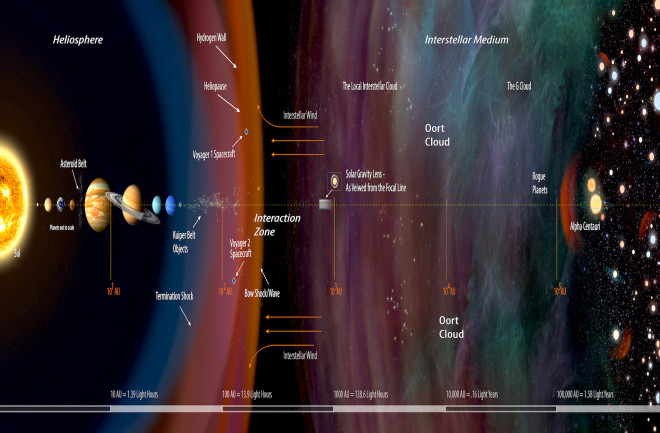It happens pretty much every time I tweet or post about an astronomical event that happened somewhere far off in interstellar space: I talk about an event in the present tense, as something about to happen, and someone chimes in with a correction along the lines of, "You mean it happened long ago and we just don't know about it yet!"
Just yesterday I was commenting on the possibility that Betelgeuse might soon explode as a supernova. The immediate responses: "So it may have already gone supernova?" "May already have gone." "It could have already gone supernova." My colleague Tom Levenson offered a pointed reductio ad absurdum to the conversation. I noted that the explosive blast from a Betelgeuse supernova will take up to 100,000 years to reach us. "Or will have taken," he replied, before adding "Timeslines are a pain in the ass."


